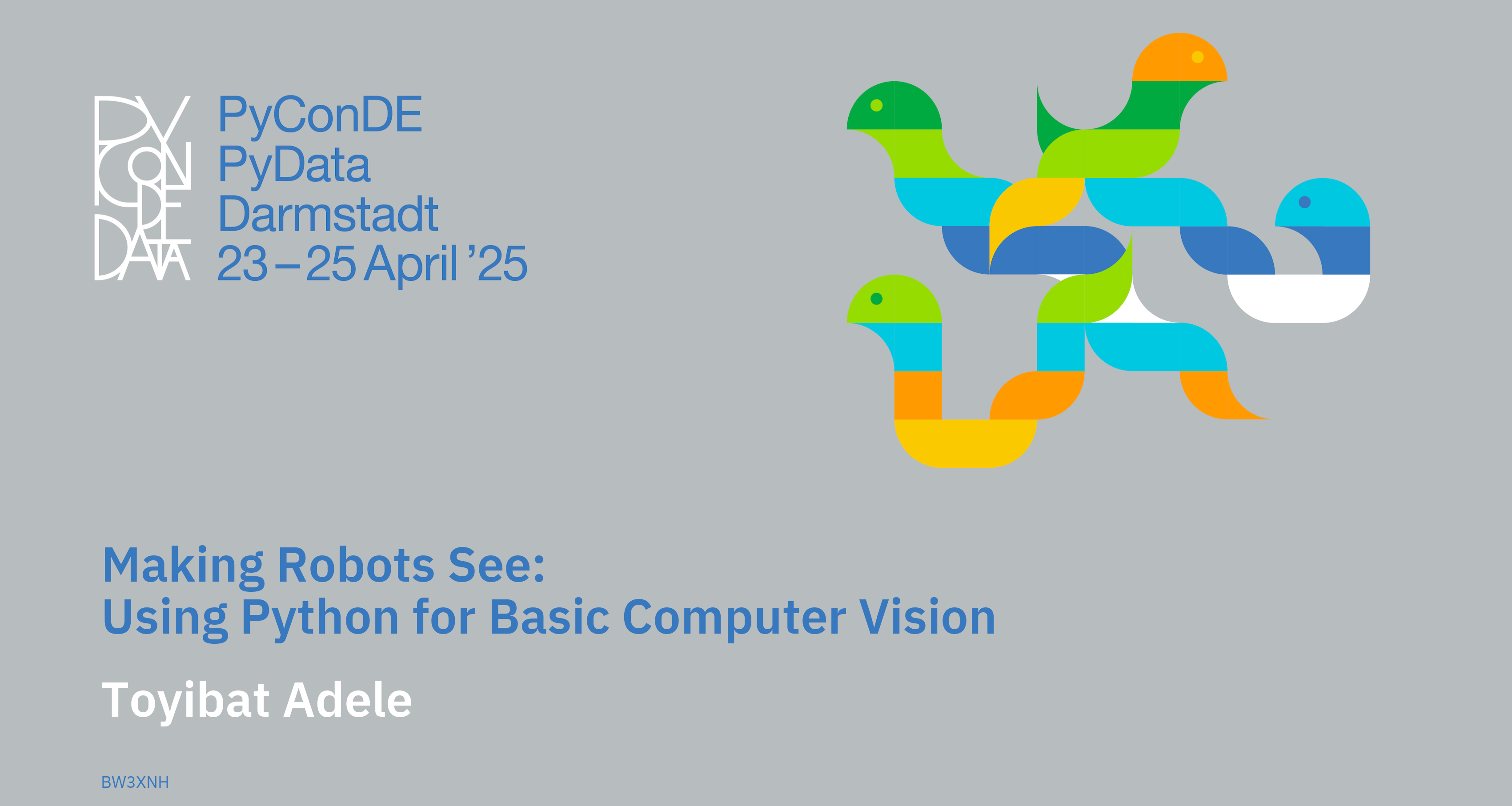We use our eyes to make sense of the world—recognizing faces, finding our way, and interacting with our surroundings. With Python and OpenCV, we can give robots this powerful capability, and it’s simpler than you might think!
In this talk, I’ll walk you through the basics of computer vision and how to simulate robot vision in a virtual environment. We’ll start by processing images, detecting objects, and making sense of visual data. Then, we’ll explore how to integrate this into robot simulations using Gazebo, so you can experiment without needing physical hardware.
Here’s the outline:
- Introduction (3 min)
- Why computer vision matters for robots (2 min)
- Getting started with image processing in Python using OpenCV (5 min)
- Teaching robots to identify and recognize objects (5 min)
- How to integrate computer vision into simulated robots in Gazebo (3 min)
- Live demo: Making robots see with Python and OpenCV (5 min)
- Q&A session (2 mins)
If you’ve ever been curious about how robots can see and respond to the world, this talk is for you. No hardware? No problem! All you need is Python, a bit of curiosity, and your computer.
